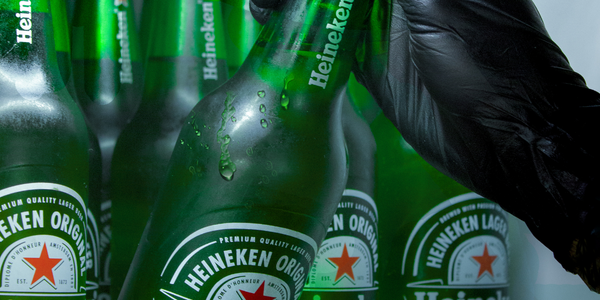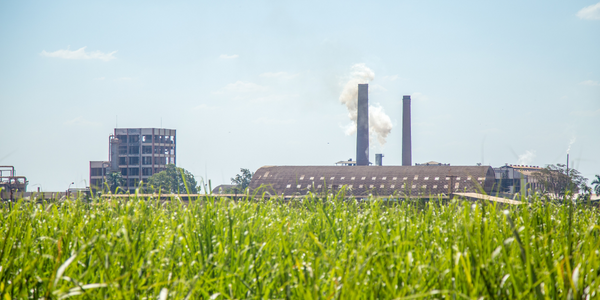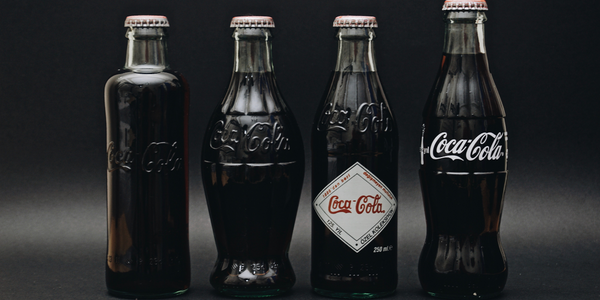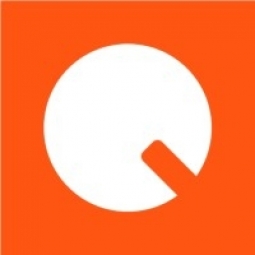Customer Company Size
Large Corporate
Region
- America
Country
- United States
Product
- OTT ad platform
- DISQO’s Ad Measurement solution
Tech Stack
- Survey-based research
- Behavior-based research
Implementation Scale
- Enterprise-wide Deployment
Impact Metrics
- Brand Awareness
- Customer Satisfaction
Technology Category
- Analytics & Modeling - Real Time Analytics
Applicable Industries
- Retail
- Food & Beverage
Applicable Functions
- Sales & Marketing
Services
- Data Science Services
About The Customer
The customer in this case study is a global coffee retailer. The brand is a household name with nearly 100% awareness, making it a well-established player in the market. Despite its strong brand recognition, the company was facing challenges in demonstrating the value of its advertising efforts, particularly on OTT platforms. The company was looking to measure the impact of its advertising campaign on a variety of attitudinal and behavioral KPIs, with the ultimate goal of driving sales and return on investment.
The Challenge
A global coffee retailer, despite having nearly 100% brand awareness, was struggling to prove the value of its advertising. The challenge was to demonstrate the effectiveness of its advertising campaign on a top streaming platform, particularly on Over-The-Top (OTT) media, which has been notoriously difficult to measure. The campaign aimed to achieve objectives across a variety of attitudinal and behavioral Key Performance Indicators (KPIs), including ad awareness, message association, brand favorability, positive brand perceptions, likelihood of purchase, retailer site visits, competitor site visits, category site visits, branded search activity, competitive search activity, and category search activity. The streaming platform and the coffee retailer needed a neutral measurement partner who could deploy survey- and behavior-based research on the campaign to provide a complete view of impact on the metrics that mattered most to the client.
The Solution
The streaming platform chose DISQO’s Ad Measurement solution to test the effectiveness of the campaign. DISQO analyzed a sample of its proprietary opt-in audience of users who confirmed the ads on a connected TV device within the past 30 days. These users were separated into control and exposed samples, and both groups were surveyed for attitudinal feedback. Additionally, DISQO tracked actions taken by control and exposed people to understand lifts in behaviors including search, site visits, and shopping. This helped the platform answer key questions about whether audiences were seeking out the coffee brand, actively considering the brand while shopping, and whether the coffee brand was winning the purchase.
Operational Impact
Quantitative Benefit

Case Study missing?
Start adding your own!
Register with your work email and create a new case study profile for your business.
Related Case Studies.

Case Study
The Kellogg Company
Kellogg keeps a close eye on its trade spend, analyzing large volumes of data and running complex simulations to predict which promotional activities will be the most effective. Kellogg needed to decrease the trade spend but its traditional relational database on premises could not keep up with the pace of demand.

Case Study
HEINEKEN Uses the Cloud to Reach 10.5 Million Consumers
For 2012 campaign, the Bond promotion, it planned to launch the campaign at the same time everywhere on the planet. That created unprecedented challenges for HEINEKEN—nowhere more so than in its technology operation. The primary digital content for the campaign was a 100-megabyte movie that had to play flawlessly for millions of viewers worldwide. After all, Bond never fails. No one was going to tolerate a technology failure that might bruise his brand.Previously, HEINEKEN had supported digital media at its outsourced datacenter. But that datacenter lacked the computing resources HEINEKEN needed, and building them—especially to support peak traffic that would total millions of simultaneous hits—would have been both time-consuming and expensive. Nor would it have provided the geographic reach that HEINEKEN needed to minimize latency worldwide.

Case Study
Improving Production Line Efficiency with Ethernet Micro RTU Controller
Moxa was asked to provide a connectivity solution for one of the world's leading cosmetics companies. This multinational corporation, with retail presence in 130 countries, 23 global braches, and over 66,000 employees, sought to improve the efficiency of their production process by migrating from manual monitoring to an automatic productivity monitoring system. The production line was being monitored by ABB Real-TPI, a factory information system that offers data collection and analysis to improve plant efficiency. Due to software limitations, the customer needed an OPC server and a corresponding I/O solution to collect data from additional sensor devices for the Real-TPI system. The goal is to enable the factory information system to more thoroughly collect data from every corner of the production line. This will improve its ability to measure Overall Equipment Effectiveness (OEE) and translate into increased production efficiencies. System Requirements • Instant status updates while still consuming minimal bandwidth to relieve strain on limited factory networks • Interoperable with ABB Real-TPI • Small form factor appropriate for deployment where space is scarce • Remote software management and configuration to simplify operations

Case Study
Energy Management System at Sugar Industry
The company wanted to use the information from the system to claim under the renewable energy certificate scheme. The benefit to the company under the renewable energy certificates is Rs 75 million a year. To enable the above, an end-to-end solution for load monitoring, consumption monitoring, online data monitoring, automatic meter data acquisition which can be exported to SAP and other applications is required.

Case Study
Coca Cola Swaziland Conco Case Study
Coco Cola Swaziland, South Africa would like to find a solution that would enable the following results: - Reduce energy consumption by 20% in one year. - Formulate a series of strategic initiatives that would enlist the commitment of corporate management and create employee awareness while helping meet departmental targets and investing in tools that assist with energy management. - Formulate a series of tactical initiatives that would optimize energy usage on the shop floor. These would include charging forklifts and running cold rooms only during off-peak periods, running the dust extractors only during working hours and basing lights and air-conditioning on someone’s presence. - Increase visibility into the factory and other processes. - Enable limited, non-intrusive control functions for certain processes.








